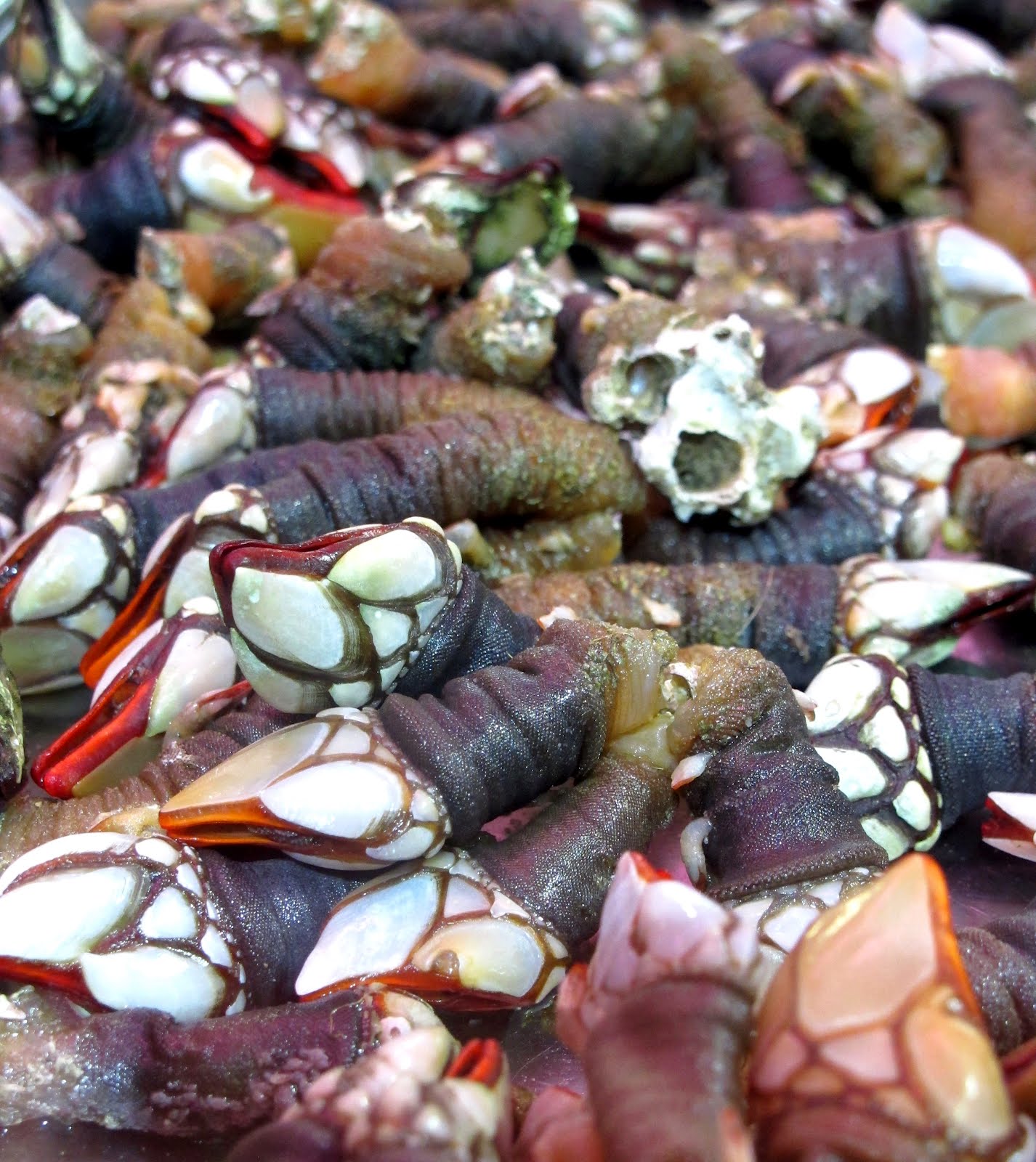A new ingredient to play with! Cubeb peppercorns. I discovered them at the ever tempting Spice Mountain stall at Borough Market. They have every spice you could ever dream of, including a dozen peppers, all calling out to be tested.
This one proved irresistable. It's a rare Indonesian spice which has a warming, allspice-y flavour, with the mouthwatering quality of szechuan pepper. There's a touch of something medicinal in there too, but not unpleasantly so.
I thought the spicy bitterness would be tasty if paired up with some sugar to mellow the pungency, and so these cookies were born. Blended with the zest of an orange and some plain old black pepper, these were a deliciously crumbly biscuit, dense with butter but melt in the mouth.
They were also suprisingly sturdy - a batch came with me on a research trip for work - well wrapped, they survived all the way to Warwick, before being demolished for elevenses.
CUBEB PEPPER & ORANGE SHORTBREAD COOKIES
Makes 9
130g room temperature butter
55g caster sugar
a large pinch of salt
125g plain flour
50g fine semolina
¼ tsp ground black pepper
¼ tsp ground cubeb pepper (or ground allspice)
the grated rind of an orange
plus, two more tablespoons of caster sugar to top the biscuits before baking
1) Put the butter in a large bowl with the caster sugar and orange rind, and cream until blended with a wooden spoon. Sift together the flour, semolina, salt, peppers and mix into a consistent dough. Try not to work it too much or the mixture will become toughened.
2) Make into a rough log shape about 7cm in diameter, wrap in clingfilm, and chill for an hour before slicing into nine equal slices.
3) Lay out the dough on a greaseproof paper covered baking tray, with enough room between each slice for the dough to spread a little while it cooks. Use the last 2 tablespoons of sugar to thickly coat the top of each biscuit, and bake at 325f/170c/gas mark 3 for 30 minutes. Leave to cool on the tray for 10 minutes before transferring to a cooling rack.










